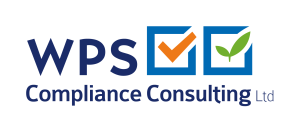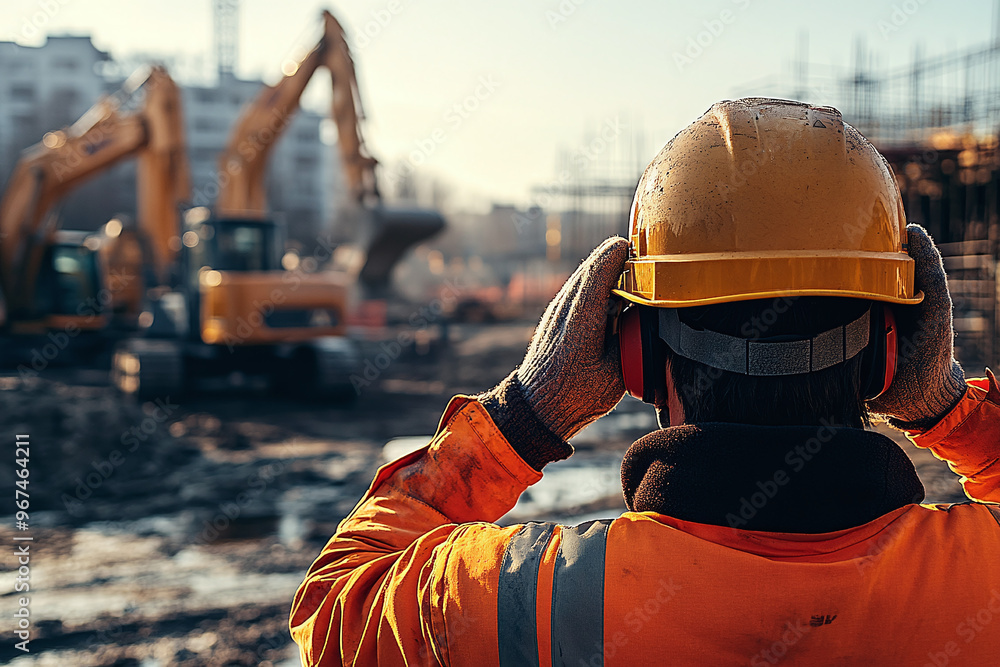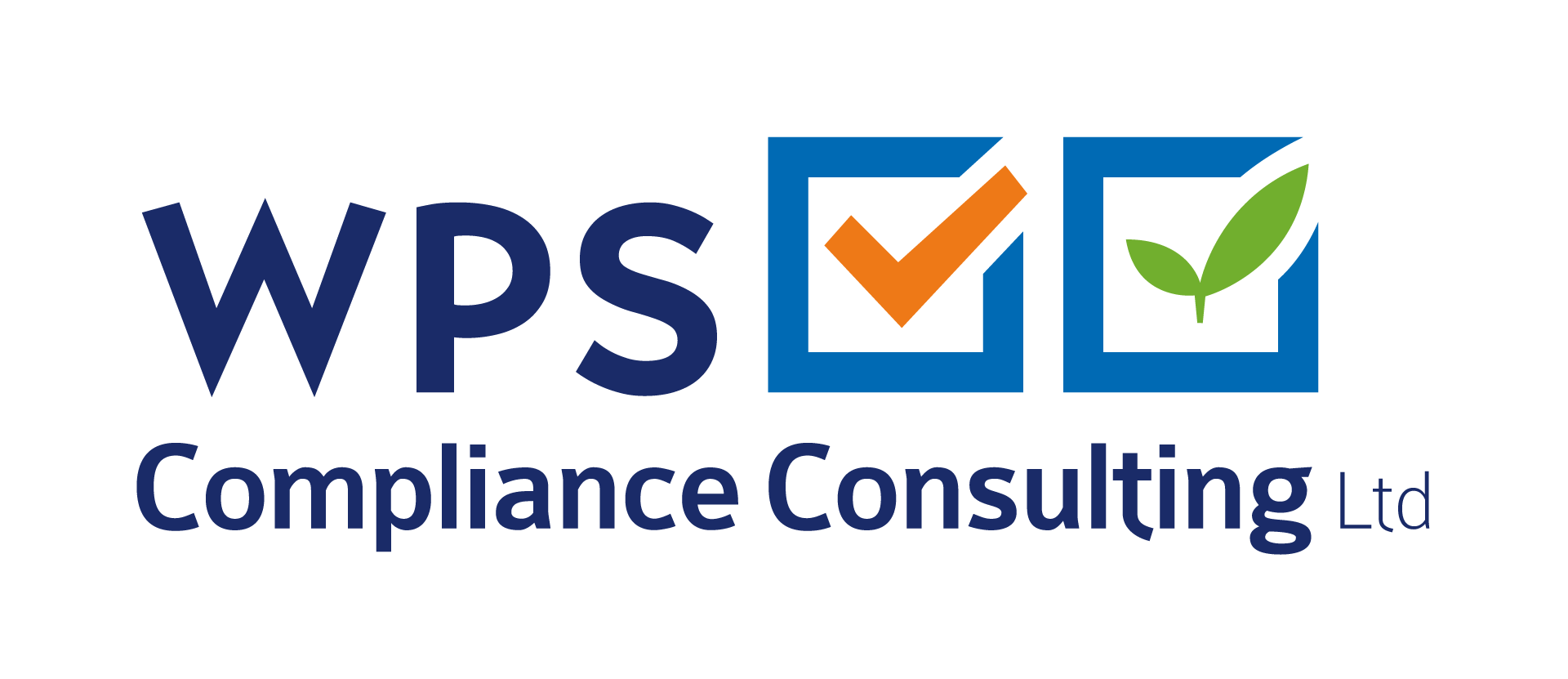Common BREEAM challenges and how to overcome them
As the world becomes increasingly conscious of environmental concerns, construction projects must be designed and executed with sustainability in mind.
An essential instrument for assessing and verifying the sustainability efficiency of buildings is the Building Research Establishment Environmental Assessment Methodology (BREEAM). BREEAM aims to evaluate and certify the environmental performance of buildings based on a set of criteria. The ‘credits’ are awarded where a building demonstrates that it meets the best practice performance levels defined for that issue, i.e. it has mitigated an impact or addressed a specific building occupant-related issue, for example good comfort. The benefits of BREEAM are as follows:
- Maximized sustainability due to its integration before start of construction
- It provides a structured approach
- Promote good stakeholder engagement
However, this comprehensive framework can be difficult to navigate, and many construction professionals fall into common traps that can significantly delay the certification process or even prevent them from achieving their desired level of BREEAM building certification altogether.
Challenges of achieving BREEAM certification
- Insufficient forethought and early involvement: The absence of early planning and interaction represents one of the major difficulties in BREEAM assessments. If the BREEAM procedure is started too late in the project, there may be lost possibilities to maximise sustainability elements. Getting better ratings or certifications could be difficult if important sustainable design choices aren’t made early on.
- Insufficient communication with team members: Many professionals are involved in construction projects – from architects and engineers to contractors and sustainability consultants. Failing to communicate with all key stakeholders could make all the difference between achieving the BREEAM ‘Excellent’ rating or missing the pass mark altogether.
- Limited comprehension of the BREEAM standards: A prevalent error is to not fully comprehend the BREEAM requirements & standards. It is possible to miss out on possibilities to obtain credits or reach certain sustainability goals due to misreading or insufficient understanding of BREEAM categories, credits, and standards of compliance.
- Incomplete or inaccurate documentation: Another common mistake when applying for BREEAM assessments is submitting insufficient documentation. To award a BREEAM credit, your assessor must submit evidence which clearly demonstrates that each benchmark has been met. If your documentation is incomplete or inaccurate, this can make it difficult to demonstrate compliance with all the relevant BREEAM criteria and sub criteria required for the credit.
- Late submission of evidence or documentation: Even if your evidence is clear and accurate, submitting the required documentation after deadlines have passed can significantly delay the certification process, and could negatively impact your final BREEAM score.
- Ignoring Life-Cycle Assessment (LCA) and extended sustainability: One major mistake is to concentrate just on short-term sustainability initiatives without taking life-cycle analysis and long-term effects into account. Obtaining better BREEAM assessments ratings may be hamper by neglecting the long-term environmental effects or the life-cycle efficiency of construction supplies and systems.
Measures to overcome the challenges of BREEAM certification
- Understand the requirements – The first step to overcoming the challenges of BREEAM certification is to understand the requirements and criteria for each level of certification. BREEAM has five ratings: pass, good, very good, excellent, and outstanding. Each rating has a minimum score and several mandatory credits that must be achieved. You can use the BREEAM online tool or the technical manuals to check the requirements and the evidence needed for each credit.
- Plan well ahead- The second step to overcoming the challenges of BREEAM certification is to plan well ahead and integrate the BREEAM objectives into the design and construction process. This means that you should start thinking about BREEAM from the early stages of the project, and involve all the relevant stakeholders, such as the client, the design team, the contractor, and the assessor. You should also set realistic and achievable targets and monitor the progress and performance throughout the project.
- Communicate effectively – The third step to overcoming the challenges of BREEAM certification is to communicate effectively with all the parties involved in the project. This means that you should share the BREEAM goals and expectations with everyone and ensure that they understand their roles and responsibilities. You should also provide clear and consistent information and documentation to support the BREEAM assessment and address any issues or queries that may arise.
- Choose the right materials – The fourth step to overcoming the challenges of BREEAM certification is to choose the right materials for your project. Materials are one of the most important aspects of BREEAM, as they affect the environmental impact, the health and well-being, and the lifecycle cost of the building. You should select materials that have low embodied energy, high recycled content, low toxicity, and high durability. You should also consider the source, transport, and disposal of the materials, and use certified or verified schemes to ensure their quality and sustainability.
- Optimize the performance – The fifth step to overcoming the challenges of BREEAM certification is to optimize the performance of your building. This means that you should design and implement solutions that reduce the energy consumption, water use, waste generation, and carbon emissions of your building. You should also consider the indoor environment quality, such as the thermal comfort, ventilation, lighting, and acoustics, and how they affect the health and well-being of the occupants. You should also use smart technologies, such as sensors, meters, and controls, to monitor and manage the performance of your building.
- Learn from the experience – The sixth and final step to overcoming the challenges of BREEAM certification is to learn from the experience and improve your practice. This means that you should evaluate the outcomes and impacts of your project and identify the strengths and weaknesses of your approach. You should also collect and analyse the data and feedback from the BREEAM assessment and use it to inform your future projects.
How can WPSCC help?
At WPSCC we help clients achieve a level of BREEAM accreditation in their projects. We provide a holistic approach to produce cost effective solutions for our clients. WPSCC offer services such as Pre-Demolition Audits that are a requirement for meeting BREEAM Wst 01 Construction Waste Management Standard. A Pre-Refurbishment Audit and a Site Waste Management Plan (SWMP) may be required to comply with BREEAM Wst 01, both of which are services provided by WPSCC.
During the Construction Stage of a project, we collect data from site as invisibly as possible (allowing site personnel to focus on their main function of completing the development) and our Management function vastly reduces BREEAM impact on Site / Project Managers, as it allows time for us to liaise with the Assessor too, ensuring for a smooth accreditation process.
We have produced an online compliance tool that produces compliant SWMPs / SRMPs; carbon footprint for your site can be calculated, as well as site impact requirements that satisfy additional compliance necessities.



